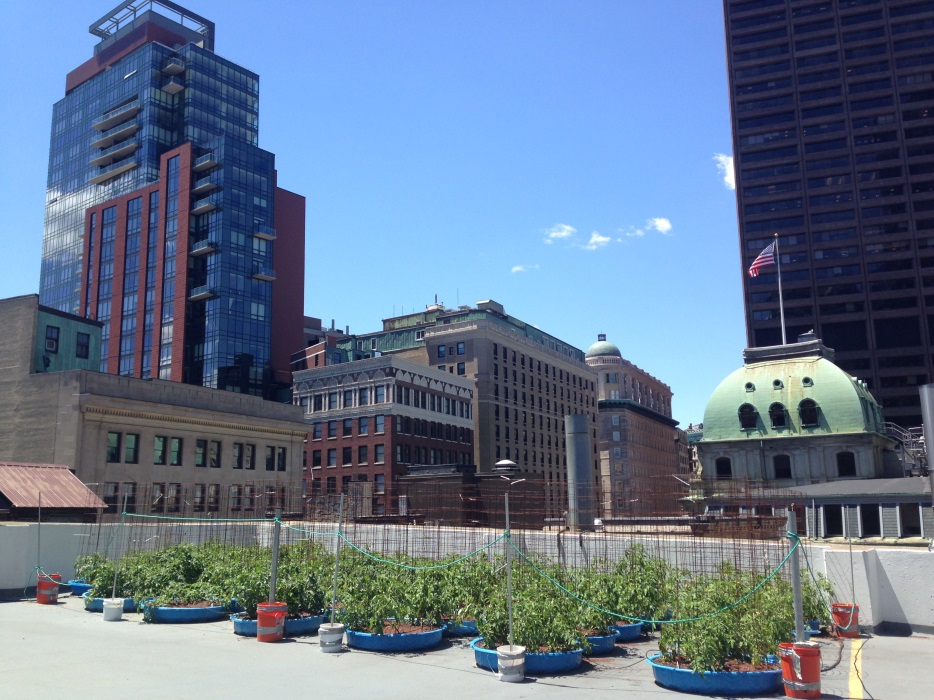
There’s a certain amount of pride that goes along with being a Bostonian. Where else can you walk from an old church constructed in 1733 to the tallest building in the city in just a matter of seconds? The architecture and structure of our city is what makes it so memorable, and it provides one of Boston’s greatest untapped resources—the roofs.
Traditional roofs are dark and trap heat—a good thing in the winter, but not so much in the summer. Dark roofs contribute to the urban heat island effect, which is the reason cities can be so much warmer than surrounding towns.
Fortunately, there are many “cool roof” options out there that will help save you money.
Cool roofs are lighter in color so they reflect the heat, and their cost is similar to traditional roofs. However, they may compromise that warm cozy feeling you get in the winter and drive up your heating costs. That’s where those iconic New England metal roofs come in. They reflect the majority of the sun’s energy, but still absorb heat in the winter.
So what roof is right for you? The Department of Energy’s cool roof calculator will tell you exactly what type of roof will provide the most benefits to you Based on a variety of factors including geography and energy use. If you are thinking of replacing your roof, you should take a minute to check out this tool and find out how much you could save.
Green roofs take cool roofs to the next level. The extra layers of soil provide added insulation to keep your home warm in the winter and cool in the summer. Plus, green roofs help absorb rain water and carbon dioxide! Although green roofs can have additional upfront costs to install, they can last almost twice as long as cool or traditional roofs, and can save money in the long run.
Green roofs can also provide the added benefit of feeding us. Thanks to a growing urban agriculture movement, the green roof of choice appears to be vegetable gardens. We talked to Jon Olinto, to cofounder of b.good, to see how growing vegetables on the roof of their Washington Street location has impacted him.
What started as seven kiddie pools filled with soil and plants on the roof of their Beacon Street location has transformed to over 50 of these pools overflowing with about 1000 pounds of tomatoes, kale, and herbs on the top of a parking garage in downtown Boston.
“At first it was fun, but we realized what it meant for the community” said Olinto, “People were excited about it.” Even his landlord was supportive, blocking off parking space for the garden.
And despite the upfront cost that comes along with purchasing the 50 baby pools and other supplies, he notes that growing their own vegetables has saved them money and furthers b.good’s mission to serve real, fresh food. And what better place to start than the roof?


Recent Comments